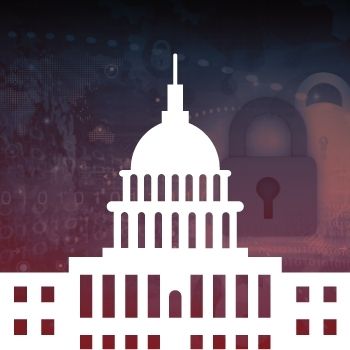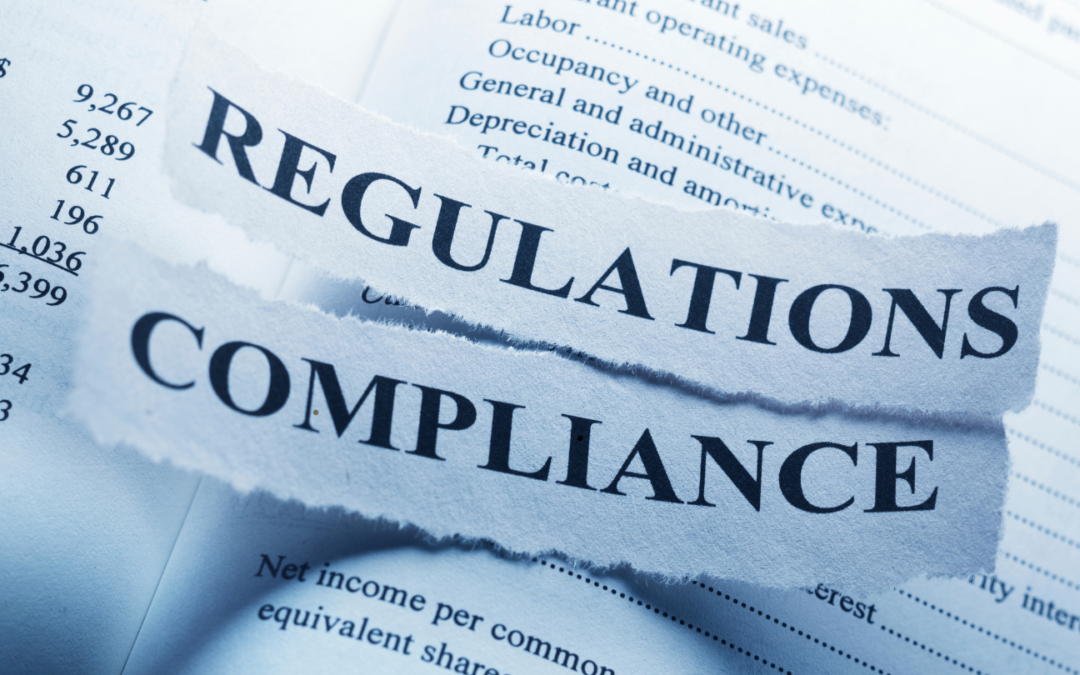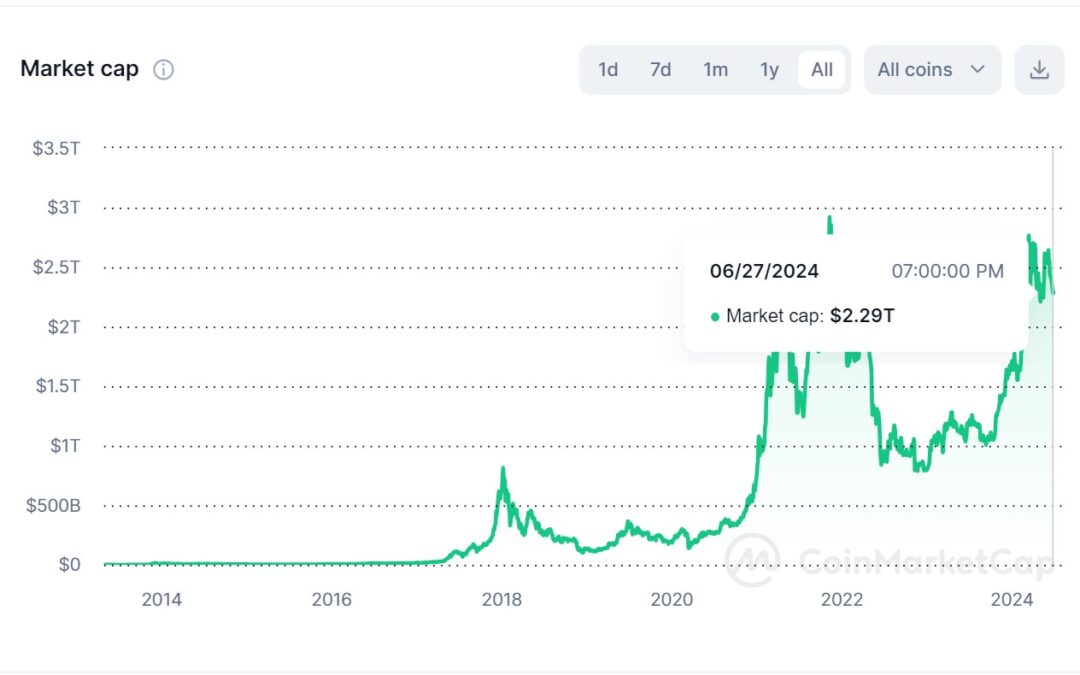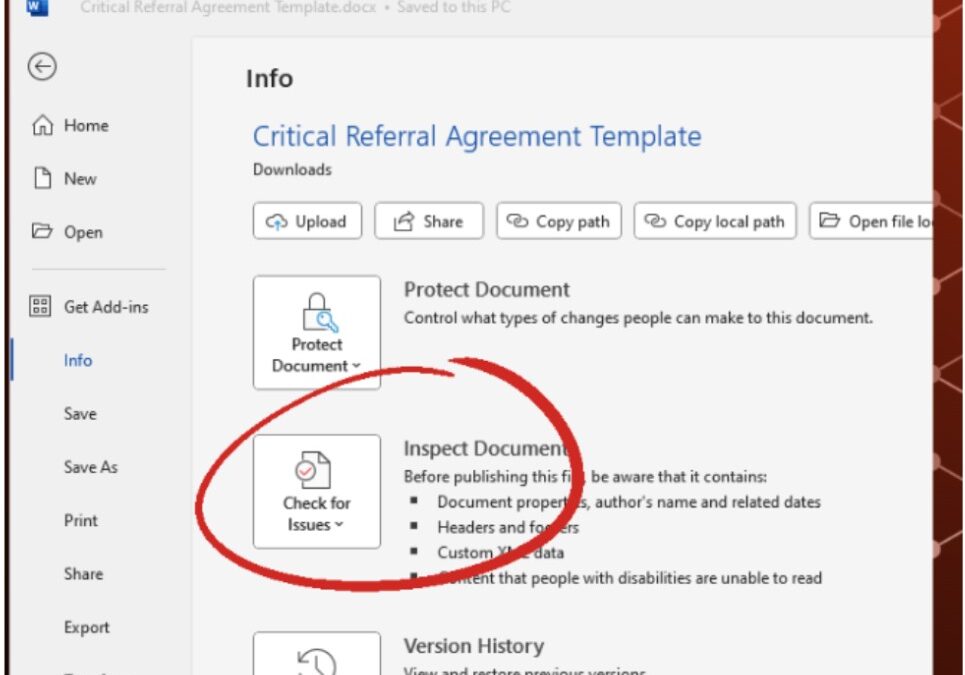Cyber Security: White House Adopts Zero Trust
Federal Government Embraces Zero Trust
On January 26th, 2020 the White House adopted a Federal zero trust architecture strategy requiring all federal agencies to adopt zero trust cyber security practices by the end of Fiscal Year 2024.1 With the current rise in nation-state attacks, cybercriminal activity, as well as discoveries of new zero day vulnerabilities, this move by the U.S. Government is unsurprising. In September of 2021, OMB released an initial draft of its strategy to combat the growing cybersecurity threat and opened it to public comment. Zero trust architecture is recognized by almost all security experts as the most effective way to protect an organizations’ systems, networks, and data from malicious actors.

What is Zero Trust Architecture?
Zero Trust Architecture is a security framework that continuously and consistently authenticates users throughout every interaction.2 There is never assumed trust between parties, instead each individual is required to re-authenticate every time they gain access to an organization’s systems. Zero Trust uses strong authentication protocols to prevent lateral movement between networks. Comprehensive Zero Trust architectures encompasses all users, applications, and infrastructure.
Why is Zero Trust needed in Cyber Security?
Zero Trust provides additional cyber security controls over an organization’s networks, systems, and data. Eliminating trust policies also eliminates the ability of malicious attackers to exploit those policies. Cyber-attacks increased by 27% between 2020 and 2021.3 Between lone actors and Nation State attacks, businesses are being bombarded by those seeking to exploit vulnerabilities. Keeping an up-to-date security policy that employs zero trust architecture is the best way to ensure your business is protected from outside attackers. Don’t give hackers an opportunity into your network. Talk to your IT team today about how implementing Zero Trust can better protect your data and your company.
Do you have additional questions? We’d be happy to answer them! Feel free to reach out to our security experts for more information how how to better protect your organization’s systems.
Related Blog Posts

The Levels of CMMC 2.0 Compliance
Previously, we covered a brief history of the Cybersecurity Model Maturity Certification (CMMC 2.0 Levels) and touched on a few details of what it actually is. For this entry, we will be getting deeper into the internals of CMMC to begin breaking it down into its...

What is CMMC 2.0?
At this point, especially if you ever have contracted or subcontracted with the Federal government, you have probably at least heard the letters CMMC thrown about. There may have even been a twinge of trepidation surrounding the letters. But what do these letters...

Crypto Scams and What to Look For
First, standard disclaimer that this post is opinion and we are not licensed financial professionals, nor is anything meant to be taken as official financial advice. However, we have both direct and indirect experience with cryptocurrency and would like to share our...

How to Remove Metadata from Word Documents
What is Metadata? According to Britannica: Metadata, data about informational aspects of other data. For example, the date and time of a text message is metadata, but the text of that message is not. The term metadata is a portmanteau of data and meta- (in the word’s...

Newsletter
Subscribe To Our Newsletter
We've been creating some excellent webinars and local events. Join our mailing list for the latest on industry trends and strategies for cyber defense.
Need Immediate Assistance?
Give us a call (405) 771-6399
Headquarters
3841 E Danforth Rd, Ste 106, Edmond, OK 73034
110 E. Houston St, 7th Floor, San Antonio, TX 78205
Copyright 2024 - Critical Fault, LLC. | Privacy Policy


